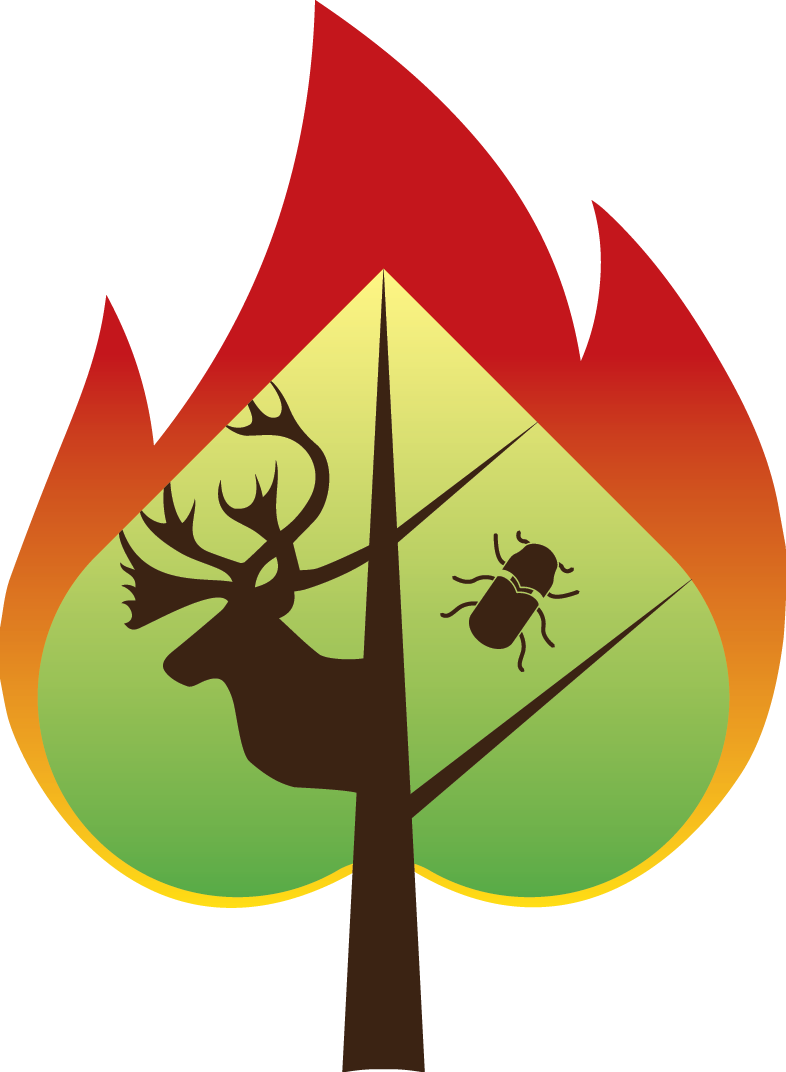Categorized overview of the SpaDES.tools package
Source: R/spades-tools-package.R
SpaDES.tools-package.Rd
1 Spatial spreading/distances methods
Spatial contagion is a key phenomenon for spatially explicit simulation models. Contagion can be modelled using discrete approaches or continuous approaches. Several functions assist with these:
adj() | An optimized (i.e., faster) version of
terra::adjacent() |
cir() | Identify pixels in a circle around a
SpatialPoints* object |
directionFromEachPoint() | Fast calculation of direction and distance surfaces |
distanceFromEachPoint() | Fast calculation of distance surfaces |
rings() | Identify rings around focal cells (e.g., buffers and donuts) |
spokes() | TO DO: need description |
spread() | Contagious cellular automata |
wrap() | Create a torus from a grid |
2 Spatial agent methods
Agents have several methods and functions specific to them:
crw() | Simple correlated random walk function |
heading() | Determines the heading between SpatialPoints* |
quickPlot::makeLines() | Makes SpatialLines object for, e.g., drawing arrows |
move() | A meta function that can currently only take "crw" |
specificNumPerPatch() | Initiate a specific number of agents per patch |
3 GIS operations
In addition to the vast amount of GIS operations available in R (mostly from
contributed packages such as sp, raster, maps, maptools
and many others), we provide the following GIS-related functions:
quickPlot::equalExtent() | Assess whether a list of extents are all equal |
4 Map-reduce - type operations
These functions convert between reduced and mapped representations of the same data. This allows compact representation of, e.g., rasters that have many individual pixels that share identical information.
rasterizeReduced() | Convert reduced representation to full raster |
5 Random Map Generation
It is often useful to build dummy maps with which to build simulation models before all data are available. These dummy maps can later be replaced with actual data maps.
randomPolygons() | Creates a random polygon with specified number of classes. |
See the NLMR package for tools to generate random landscapes (rasters).
6 SELES-type approach to simulation
These functions are essentially skeletons and are not fully implemented. They are intended to make translations from SELES. You must know how to use SELES for these to be useful:
agentLocation() | Agent location |
initiateAgents() | Initiate agents into a SpatialPointsDataFrame |
numAgents() | Number of agents |
probInit() | Probability of initiating an agent or event |
transitions() | Transition probability |
7 Package options
SpaDES packages use the following options() to configure behaviour:
spades.lowMemory: If true, some functions will use more memory efficient (but slower) algorithms. DefaultFALSE.